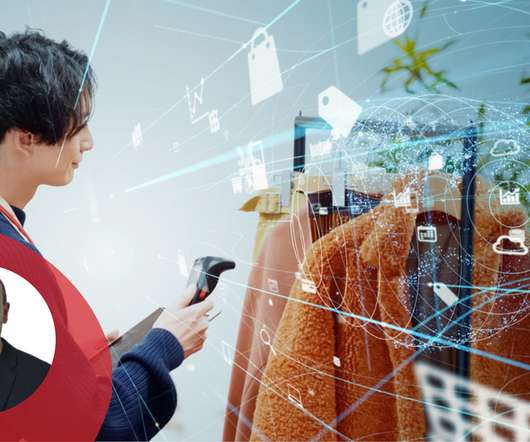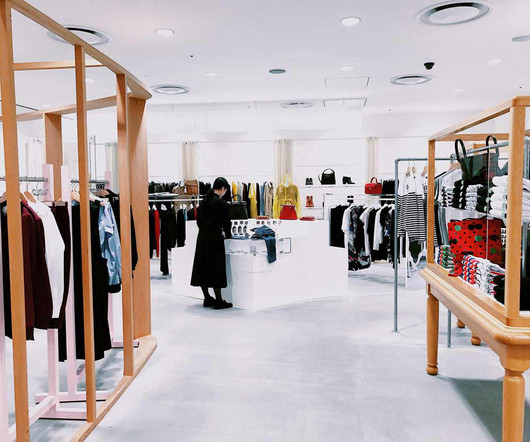Retail Risk Management And Business Protection From Emerging Threats
Retail Minded
MARCH 20, 2025
To safeguard profits, protect customers, and maintain operational stability, retailers must proactively address these challenges with modern solutions. Retail risk encompasses any potential threat that could disrupt a stores financial health, reputation, or daily operations. In 2024, the average cost of a data breach reached $4.88



















Let's personalize your content